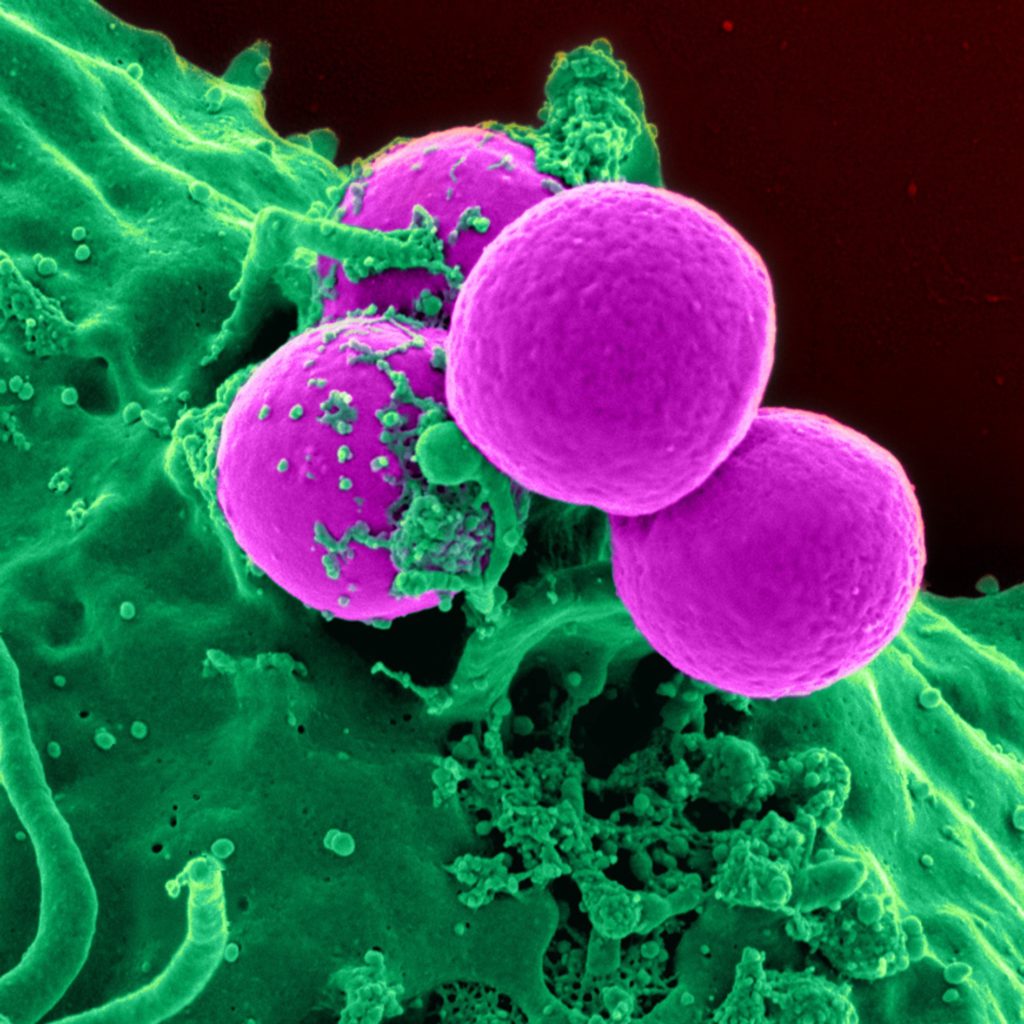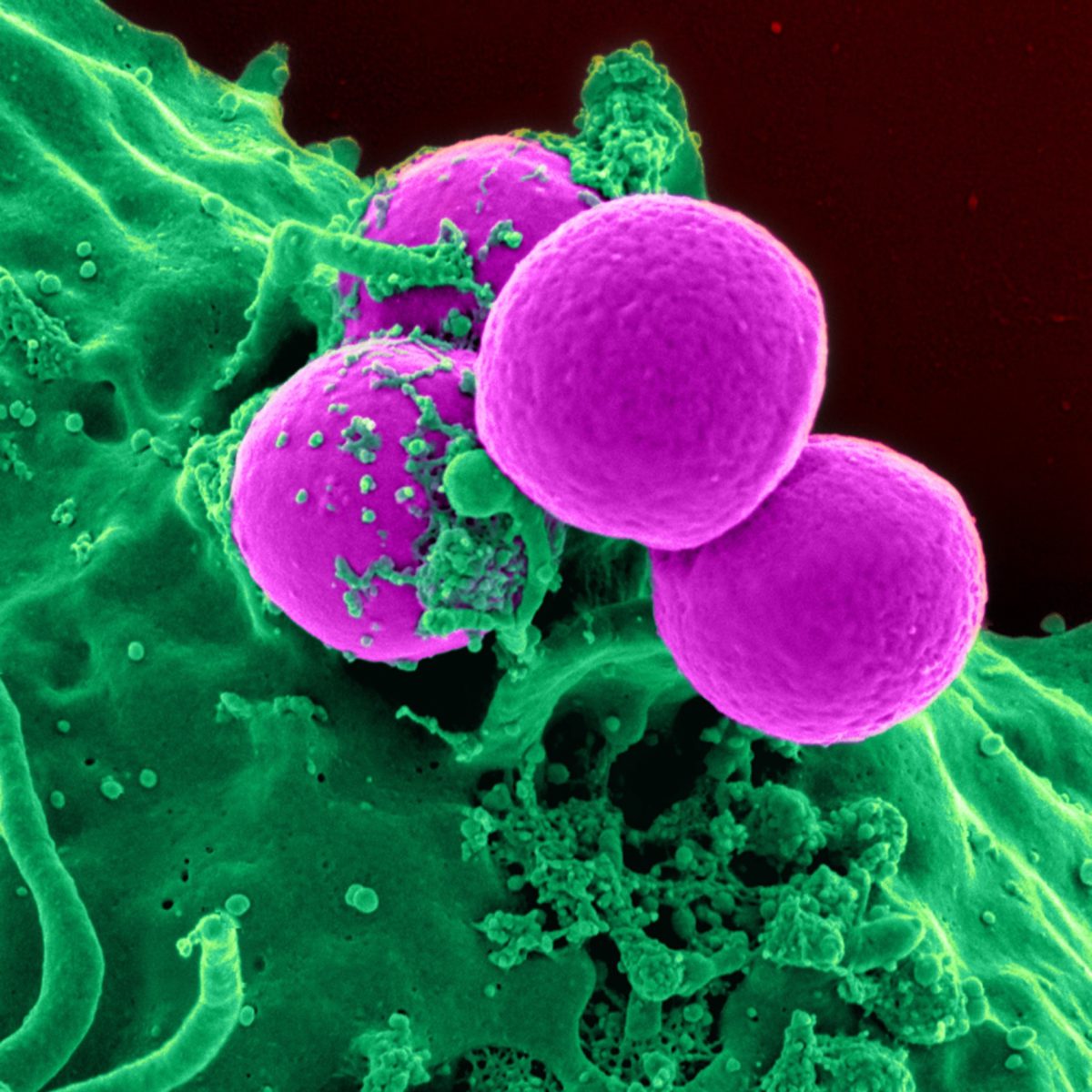BRAF Mutations and Cancer

Mutations of the BRAF gene have the potential to turn healthy cells into cancerous cells. While BRAF mutations are often associated with melanoma, they can also be connected to several other forms of cancer including colorectal, thyroid, non-small cell lung cancer, and hairy cell leukemia.
What is the BRAF Gene?
The BRAF gene is a proto-oncogene found on chromosome 7. The gene encodes a protein that is also known as BRAF. According to the NIH’s National Library of Medicine, the B-Raf protein plays a role in:
- Promoting cell growth
- Promoting cell survival
- Aiding in differentiation (a process in which cells mature so that they have specific functions)
- Aiding in the movement of cells
- Inhibiting cell death or self-destruction

“I didn’t know anything about that. It’s called BRAF. Really important to understand that. And I still don’t know everything. I’m not the expert, but for melanoma, it can be caused by sun damage or it can be caused by mindless cell mutation, not sun damage.”
Rich B | Learn more about the impacts of BRAF mutation on melanoma.
What is a BRAF Mutation?
A BRAF mutation is when there is a change in the BRAF gene that causes it work incorrectly or unexpectedly. When a the BRAF gene is mutated it changes from a proto-oncogene to a oncogene, or a gene that has the potential to transform a cell into a cancer cell under certain circumstances.
What are the Different Types of BRAF Mutations?
While there are many different types of BRAF mutations one of the most common is the BRAF V600E mutation. In this case, V (valine) and E (glutamic acid) represent the mutated amino acids and 600 refers to the location on the mutation. BRAF V600E mutations and BRAF V600K mutations make up approximately 90% of all cases of melanoma caused by BRAF mutations.
Non-V600 BRAF mutations are more commonly seem in cancers other than melanoma. According to a 2018 study, non-V600 variants account for between 50% and 80% of BRAF mutations in lung adenocarcinoma and about 22% to 30% in colorectal cancer.
BRAF Mutation Classes
BRAF mutations are divided into three different functional classes based on kinase activity and signaling mechanism. The three different classes include:
- Class I – V600 mutant kinase-activating monomers
- Class II – Kinase activating dimers
- Class III – Kinase-inactivating hterodimers
According to a 2019 study, classes II and III have more aggressive clinical features that lead to less favorable outcomes.

“The targeted therapy I was on was a BRAF inhibitor. It was just a daily pill I took, and I did that for a year. “
Ellis E. | Learn more about targeted therapy for BRSF mutations
How are BRAF Mutations Connected to Cancer Growth?
Some BRAF mutations can cause cancer cells to grow. The mutation results in the continuous productions of B-Raf proteins ultimately resulting in continuous growth and division of cells.
In addition, since one of the functions of a B-Raf protein is to promote cell growth, if there is a mutation of the BRAF gene, it can cause other types of cancer to grown quicker than they otherwise would.
Which Cancers May Involve BRAF Mutations?
According to John’s Hopkins, about half of all melanomas have the BRAF mutations about half of all melanomas have the BRAF mutations. However, BRAF mutations are not associated with just one form of cancer or even limited to one part of the body.
Cancers associated with BRAF mutations include:
- Melanoma (50-60%)
- Colorectal (10%)
- Thyroid (30-50%)
- Non-small cell lung cancer (3%)
- Hairy cell leukemia (100%)
Source: Roswell Park
The BRAF mutation has also been found less commonly in several other types of cancer including ovarian, esophageal, and non-hodgkin’s lymphoma.
How to Test for BRAF Mutations
Testing for a BRAF mutation upon being diagnosed is extremely important as it can help determine if you are eligible for certain treatments that may help control the spread of cancer. In fact, if you have one of the above-mentioned associated cancers, it is highly recommended that you do get tested.
Even if you don’t think you have a BRAF mutation it’s important to get tested because some targeted treatments may actually increase the progression of a tumor if you don’t have the mutation.
There are often two different methods used to test for a BRAF mutation:
- Liquid biopsy – a blood test that looks for fragments of the tumor DNS in your blood.
- Tissue biopsy – a part of the tumor is surgically removed to test for the mutation.
While a tissue biopsy is considered the gold standard for BRAF testing, it is invasive. Therefore, a liquid biopsy is preferable if a doctor is able to get a definitive result.

It can be used in people with hairy cell leukemia with a BRAF mutation which is found in the majority of people with classic hairy cell leukemia.
Dr. Kerry Rodgers | Learn more about BRAF mutation treatments.
Treatment for BRAF Mutations
Treatment for a patient with a BRAF mutation will vary based on the type of cancer. However, there are several targeted therapy drugs known as BRAF inhibitors that are used in the treatment of BRAF mutation cancers. Some of the common ones include:
- Dabrafenib – for use with patients with a BRAF mutation and either melanoma, non-small cell lung cancer, and thyroid cancer.
- Vemurafenib – for use with patients with the BRAF V600 mutation a metastatic melanoma.
- Encorafenib – for use with patients with the BRAF V600E or V600K mutation with metastatic melanoma and in combination with cetuximab for patients with colorectal cancer.
While BRAF inhibitors are often effective on their own, they are sometimes used in combination with MEK inhibitors and immunotherapy.
A B-RAF protein is only part of a larger mechanism known as the RAS-RAF-MEK-ERK pathway. Therefore, MEK inhibitors may be used in addition to BRAF inhibitors to further prevent tumor growth.
Additionally, your treatment team may recommend immunotherapy to help your body fight the cancerous cells on its own. This involves “turning off” checkpoint inhibitors to strengthen your immunes system response to cancer cells.

One reply on “BRAF Mutations and Cancer”
Can you only get tested for Braf V 600
If you have had a cancer diagnosis? Apologies if it is a stupid question . It’s just my sister passed away last week at only 46 from bowel cancer and was braf v600 positive . And I am now wondering if I can get tested to see if I have this gene mutation .